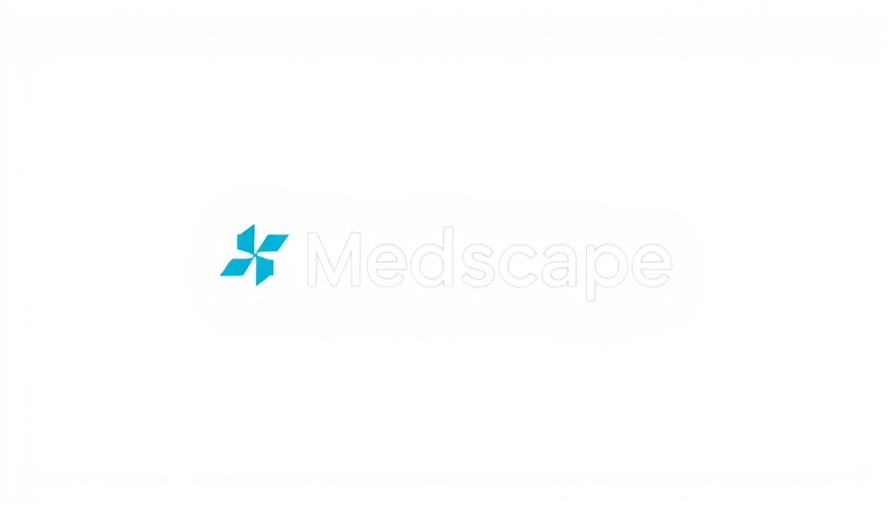
Supreme Court Upholds No-Cost Preventive Services: What It Means for Patients
In a landmark decision, the US Supreme Court ruled 6-3 to preserve the Affordable Care Act's (ACA) mandate that health insurers cover certain preventive medical tests and treatments without requiring copays from patients. This decision, announced on June 27, 2025, is viewed as a significant victory for health advocates who argue that accessible preventive services are essential for improving patient outcomes and reducing long-term healthcare costs.
Why Preventive Care Matters
Access to preventive care is crucial for early detection and treatment of various health conditions, thereby lowering the incidence of chronic diseases. Notably, the ACA requires coverage for services rated "A" or "B" by the US Preventive Services Task Force (USPSTF). These ratings apply to over 40 essential tests and treatments, including screenings for cancer and diabetes, as well as preventive measures like statin medications to combat heart disease.
The Role of the US Preventive Services Task Force
The core issue in the recent Supreme Court case revolved around the authority of the USPSTF and its recommendations for preventive services. Justice Brett Kavanaugh emphasized the importance of these ratings, stating that a broad range of services is covered under the ACA to support public health. The ruling, however, has sparked concerns about potential overreach from the Department of Health and Human Services (HHS) Secretary, who controls the membership of the USPSTF.
Industry Reactions: A Mixed Bag
The decision has been warmly welcomed by major medical organizations like the American Medical Association and the American Cancer Society, which highlighted that nearly 152 million Americans accessed preventive services without financial barriers in 2020. However, critics warn that while the ruling protects access to preventive care, it also solidifies the HHS Secretary's authority to influence how these services are determined and delivered.
Religious Objections Under Scrutiny
The case brought forward by Braidwood Management — a Christian-owned firm seeking exemption from covering HIV prevention treatment based on religious grounds — underscores an ongoing tension between individual beliefs and public health policy. The Supreme Court has reaffirmed that such religious objections cannot broadly dictate the healthcare coverage available to millions of Americans.
The Bigger Picture: Implications for Healthcare Access
This ruling emphasizes the importance of preventive care in the larger context of public health, potentially affecting how health services are structured in the United States. By maintaining no-cost access to preventive services like cancer screenings and tobacco cessation treatments, the ruling aims to tackle health disparities and promote a healthier population.
In conclusion, while the Supreme Court's ruling represents a crucial step in the fight for accessible healthcare, the implications regarding the authority over preventive services raise questions about future healthcare policies and patient rights. As patients and advocates reflect on this victory, the potential impact of administrative power over the USPSTF remains a critical concern.
 Add Row
Add Row  Add
Add 




Write A Comment